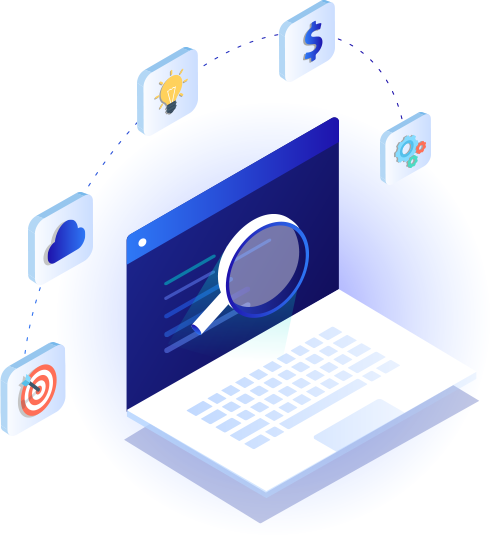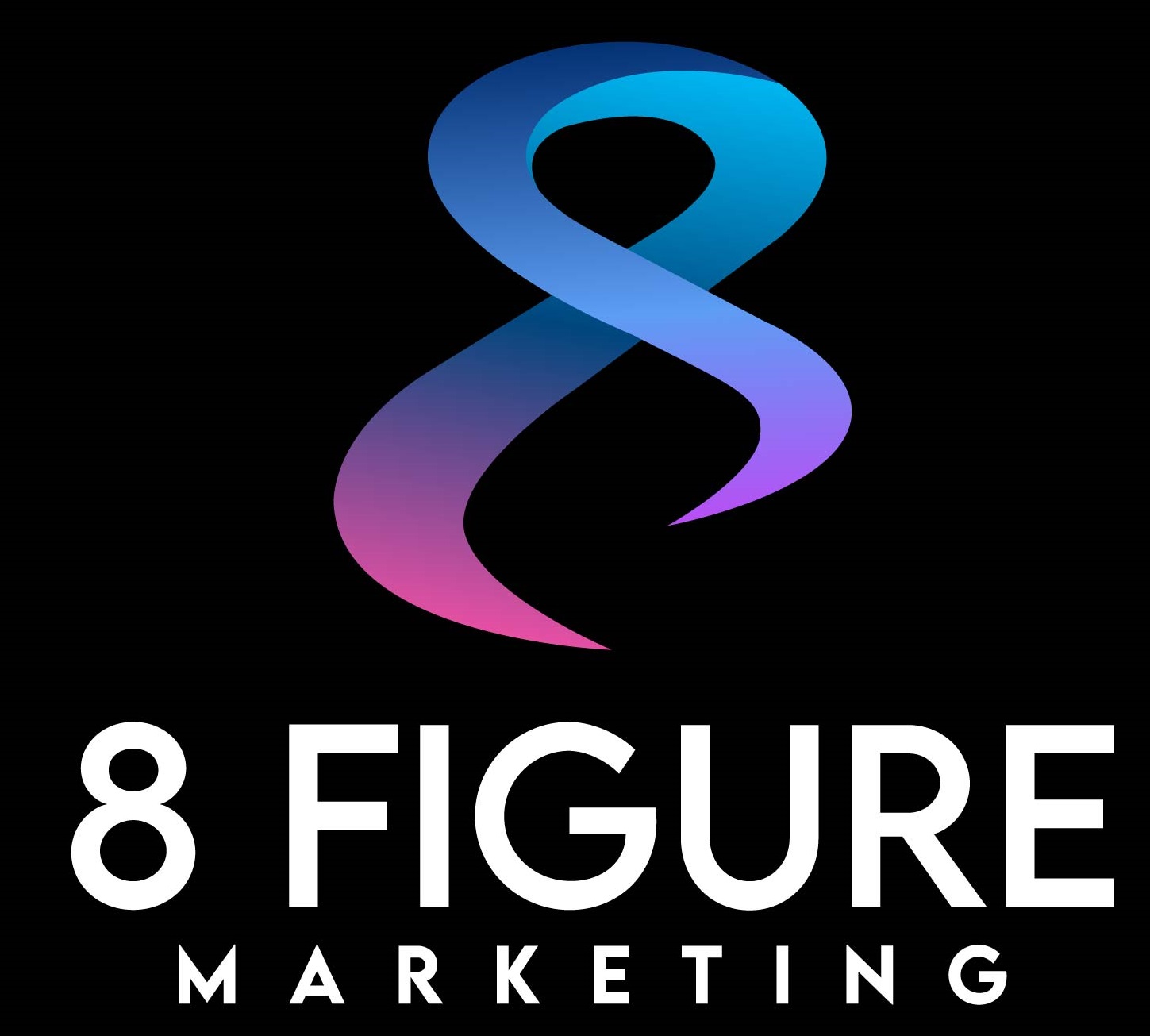Blueprint

Phase 1: Brand Awareness
Step one: Our branding and design services can help you establish a strong brand identity that resonates with your target audience. From logo design to brand messaging, we can help you develop a cohesive brand that sets you apart from your competition.
Step two: Website Design and Development: We can help you build a website that is not only visually appealing but also optimized for conversions. Our website design and development services include website architecture, user experience design, and website optimization.
Step three: Content Marketing: Our content marketing services include content creation, distribution, and promotion. We can help you create engaging and informative content that drives traffic to your website and generates leads.
Phase 2: Strategy Development
Before we start any marketing campaign, we work with you to develop a marketing strategy that aligns with your business goals. We research your target audience and competitors, and then create a comprehensive plan that includes messaging, tactics, and timelines.
Marketing strategy development is an essential part of any successful business. It is the process of identifying and analyzing target markets, developing a unique value proposition, and creating a plan to reach and engage with customers. Here is how we will help you develop a marketing strategy for your business:
1. Conduct a SWOT analysis:
The first step in developing a marketing strategy is to conduct a SWOT analysis. SWOT stands for Strengths, Weaknesses, Opportunities, and Threats. This analysis helps you to identify your company's internal strengths and weaknesses, as well as external opportunities and threats that may affect your business. By understanding these factors, you can develop a plan that leverages your strengths and addresses your weaknesses.
2. Identify your target audience:
Once you have completed your SWOT analysis, you can identify your target audience. This is the group of people who are most likely to purchase your product or service. You should create a customer profile that includes demographics, psychographics, and behavior patterns to better understand their needs and preferences.
3. Develop a unique value proposition:
A unique value proposition (UVP) is a statement that communicates the unique benefit that your product or service provides to your target audience. It should be concise, clear, and memorable. Your UVP should differentiate your product or service from your competitors and address the needs and pain points of your target audience.
4.Choose your marketing channels:
Once you have developed your UVP, you can choose your marketing channels. These are the channels you will use to reach and engage with your target audience. Some common marketing channels include social media, email marketing, content marketing, and paid advertising. Choose the channels that are most effective for reaching your target audience.
5. Create a marketing plan:
With your target audience, UVP, and marketing channels identified, you can create a marketing plan. This plan should include specific goals, tactics, and a budget. Your goals should be measurable, and your tactics should be designed to achieve those goals. Your budget should include the costs of your marketing channels and any other expenses related to your marketing efforts.
6. Monitor and adjust:
Finally, you should monitor the results of your marketing efforts and adjust your strategy as needed. Use analytics and other metrics to track the effectiveness of your marketing channels and adjust your tactics accordingly. Continuously improving your marketing strategy will help you achieve your business goals and stay ahead of your competitors.
Overall, a marketing strategy formula involves careful planning, research, and execution to ensure that your marketing efforts are effective in reaching and engaging your target market.
Phase 3: Implementation
Once the strategy is in place, we implement the tactics that will bring your message to your target audience. Our tactics can include email marketing, social media advertising, content marketing, search engine optimization, pay-per-click advertising, and more.

Search Engine Optimization (SEO):
Our SEO tool provides insights and recommendations to help you improve your website’s ranking on search engines. You’ll receive actionable suggestions for optimizing your website’s content and structure, and monitoring your progress.
Email Marketing:
Our email marketing tool lets you create and send beautiful, engaging emails to your customers and prospects. You can segment your email list, automate campaigns, and track the performance of your emails.


Social Media Management:
Manage all your social media accounts in one place. Schedule posts, monitor mentions, and analyze performance across Facebook, Instagram, Twitter, LinkedIn, and more.
Pay-Per-Click (PPC) Advertising:
Create and manage your PPC campaigns from one platform. Our PPC tool lets you target specific audiences, track your ad spend, and optimize your campaigns for maximum ROI.


Landing Page:
A landing page is a specific page on a website that is designed to receive traffic from a specific marketing campaign, such as a social media ad, email campaign, or Google Ads. Landing pages are created with a specific goal in mind, and all elements on the page are carefully crafted to guide visitors toward that goal. Landing page marketing involves creating a targeted, conversion-focused page that is designed to persuade visitors to take a specific action, such as making a purchase, filling out a form, or subscribing to a newsletter. Landing pages are typically free of distracting elements such as navigation menus and links, so that visitors can focus solely on the goal of the page.
Marketing Automation:
Save time and streamline your marketing efforts with our automation tool. We can set up workflows to automate repetitive tasks like sending follow-up emails, segmenting your audience, and tracking customer behavior.


Phase 4: Analytics and Reporting
After the implementation, we analyze the results of our marketing efforts and optimize them for better performance. We use data and insights to refine our strategy and tactics, so you get the best results possible. We will monitor your marketing performance with real-time analytics and reporting. Our platform provides detailed insights into your email campaigns, social media posts, SEO efforts, PPC ads, and more.
Monitor your progress regularly and adjust your strategies as needed. Track your key performance indicators (KPIs) and analyze your results to determine what is working and what is not.
